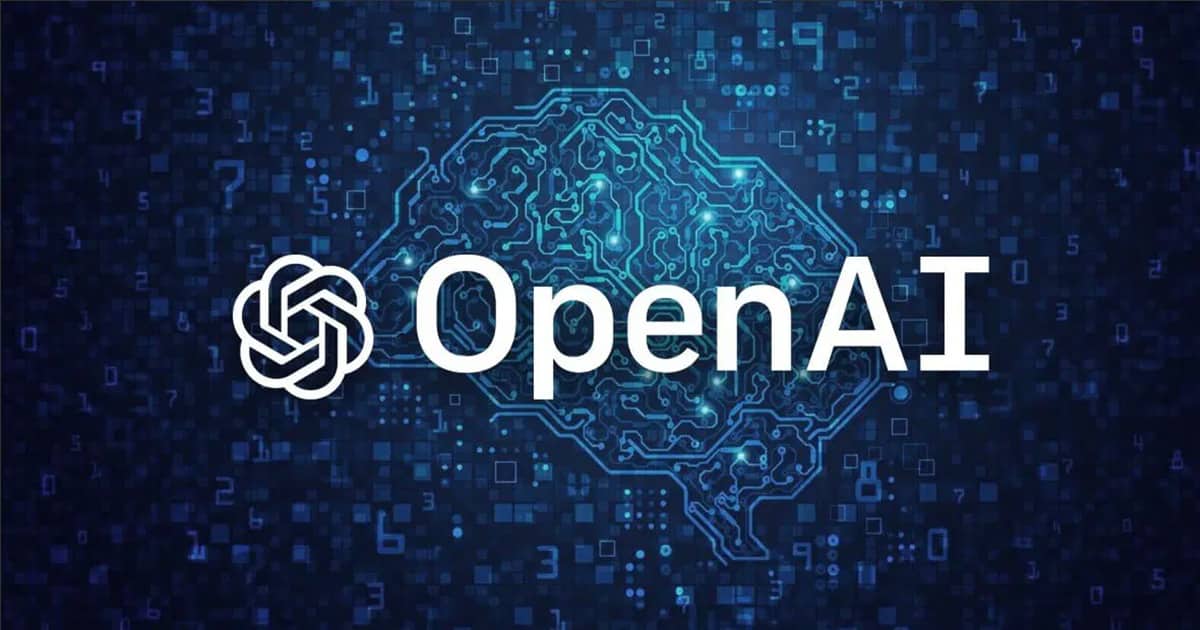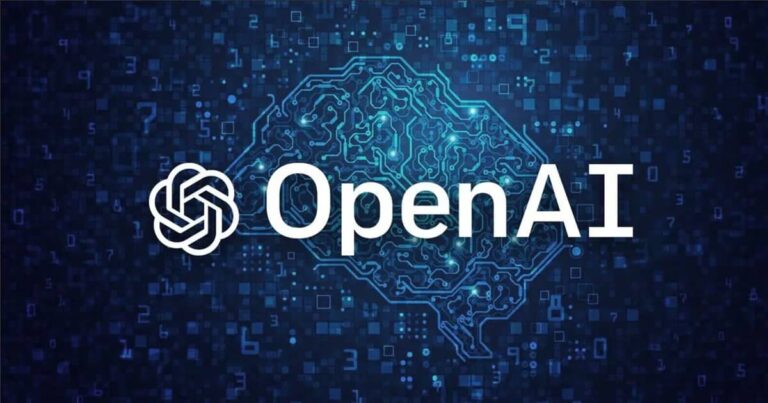In recent developments, OpenAI, a pioneer in artificial intelligence, has been making waves with its Advanced AI System —Q* (pronounced “Q-Star”).
This groundbreaking model has sparked safety concerns among OpenAI staff, leading to a tumultuous period for the company. Let’s delve into the details of this powerful AI system and the implications it holds for the future of artificial general intelligence (AGI).
The Q* System: A Glimpse into the Future
Advanced AI System Q* Capabilities
According to reports, the Advanced AI System—Q* showcased remarkable abilities, particularly in solving complex, unseen math problems. The pace of development behind this system raised alarms among safety researchers. This ability to tackle novel mathematical challenges represents a significant leap forward in AI capabilities, opening doors to new analytical possibilities.
Safety Concerns and Board Involvement
The concerns surrounding Advanced AI System (Q*) were so profound that some OpenAI researchers took the extraordinary step of writing to the board of directors before the recent upheaval involving Sam Altman. These concerns were centered on the potential threat the AI model posed to humanity. The internal turmoil resulted in Altman’s dismissal, followed by a rapid reinstatement after an overwhelming show of support from the company’s 750 staff and its major investor, Microsoft.
The AGI Race: Too Fast, Too Risky?
AGI Development Concerns
The incident sheds light on the broader debate surrounding the development of artificial general intelligence. Many experts express apprehension that companies like OpenAI might be advancing too rapidly towards AGI. AGI refers to a system capable of performing a wide array of tasks at or beyond human intelligence levels, potentially surpassing human control.
Industry Perspectives
Andrew Rogoyski from the Institute for People-Centred AI at the University of Surrey sees the existence of a math-solving Large Language Model (LLM) as a groundbreaking achievement. He emphasizes that the intrinsic ability of LLMs to perform mathematics represents a significant step forward, offering new analytical capabilities.
OpenAI’s Ongoing Journey
Altman’s Insights
Sam Altman, the central figure in the recent turmoil, hinted at another breakthrough in the development of ChatGPT. Speaking at the Asia-Pacific Economic Cooperation summit, Altman expressed the profound experience of pushing the boundaries of discovery—a sentiment that underscores OpenAI’s commitment to innovation.
Governance Changes
In the wake of recent events, OpenAI is undergoing governance changes. A new board, chaired by Bret Taylor, is set to lead the company. Microsoft, the major investor in OpenAI’s for-profit subsidiary, remains a key player in steering the company toward its goals.
Balancing Profit and Mission: OpenAI’s Unique Model
Nonprofit Mission and For-Profit Dynamics
OpenAI’s unique structure combines a nonprofit mission with a for-profit subsidiary. The emphasis on safety in the nonprofit sector fueled speculations about Altman’s dismissal, but interim CEO Emmett Shear clarified that safety concerns were not the cause.
Legal Commitment to the Mission
The ChatGPT developer emphasizes a commitment to developing safe and beneficial AGI for the benefit of humanity. The for-profit arm is legally bound to pursue the nonprofit’s mission, aligning its goals with ethical and safety considerations.
Conclusion: Navigating the Future of AI
OpenAI’s recent challenges highlight the delicate balance between innovation, safety, and governance in the evolving landscape of artificial intelligence. The Q* system and ongoing developments at OpenAI underscore the need for thoughtful consideration as the industry navigates the path towards artificial general intelligence.




